Soft white fungus(?) growing on plant stem [image]
valvedsteel
12 years ago
Related Stories

GARDENING GUIDESSmall Carpenter Bees Are Looking for a Home in Your Plant Stems
Provide flowers and nesting sites in your garden for this beautiful, tiny, metallic blue wild bee — your plants will thank you
Full Story
GARDENING GUIDESGreat Design Plant: Grow Blueberries for Their Fruit and More
Eastern gardeners should consider growing blueberry plants for their delicious fruits, bee-friendly spring blooms and brilliant fall foliage
Full Story
EDIBLE GARDENSWhy Grow Quince? For Beauty, Fragrance and Old-Time Flavor
Delightfully perfumed fruit and lovely spring blossoms make this apple and pear cousin worth a spot in the garden
Full Story
GARDENING AND LANDSCAPINGGrow a Lush Privacy Screen
No need to wait forever for patio privacy the green way. These 10 ideas will get your screening up and running in no time
Full Story
EDIBLE GARDENSSummer Crop: How to Grow Blueberries
Plant blueberries in spring or fall for garden beauty through three seasons — and a sweet superfood in summer
Full Story
SUMMER GARDENINGHow to Grow Basil
Bright color, quick growth and endless uses for cooking make this summer annual a winner in the garden or a pot
Full Story
EDIBLE GARDENSSummer Crops: How to Grow Tomatoes
Plant tomato seedlings in spring for one of the best tastes of summer, fresh from your backyard
Full Story
GARDENING GUIDESWhat Kind of Roses Should You Grow?
Want to add the beauty of roses to your garden? Find out which ones, from old-fashioned to modern, are right for you
Full Story
GARDENING GUIDESHerb Garden Essentials: Grow Your Own Rosemary
With its invigorating scent, easygoing nature and ability to make dishes sing with flavor, rosemary may become your new best garden friend
Full Story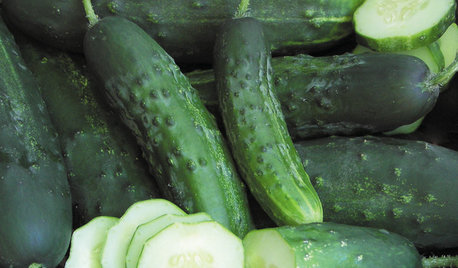
SUMMER FRUITS AND VEGETABLESSummer Crops: How to Grow Cucumbers
Pick a peck for pickles or opt for fewer and raw — no matter how you slice them, cucumbers are great for summer gardens small to large
Full StoryMore Discussions






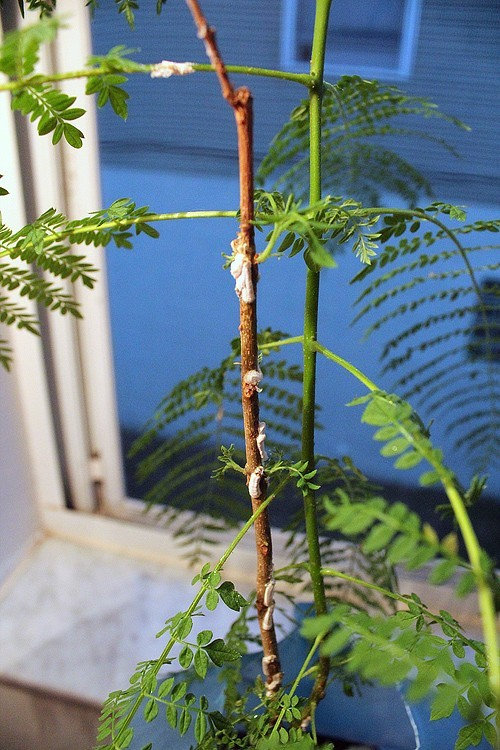

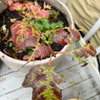
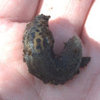
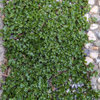
jean001a
valvedsteelOriginal Author
Related Professionals
Canton Landscape Architects & Landscape Designers · Glassmanor Landscape Architects & Landscape Designers · Kenmore Landscape Architects & Landscape Designers · Montgomeryville Landscape Architects & Landscape Designers · River Forest Landscape Architects & Landscape Designers · Taylorsville Landscape Architects & Landscape Designers · Woburn Landscape Contractors · Braintree Landscape Contractors · Edwardsville Landscape Contractors · Lake Worth Landscape Contractors · Leicester Landscape Contractors · Morrisville Landscape Contractors · New Cassel Landscape Contractors · Chicago Ridge Landscape Contractors · Sun Valley Landscape Contractorsrhizo_1 (North AL) zone 7
bake-neko
rhizo_1 (North AL) zone 7
valvedsteelOriginal Author
jean001a
rhizo_1 (North AL) zone 7